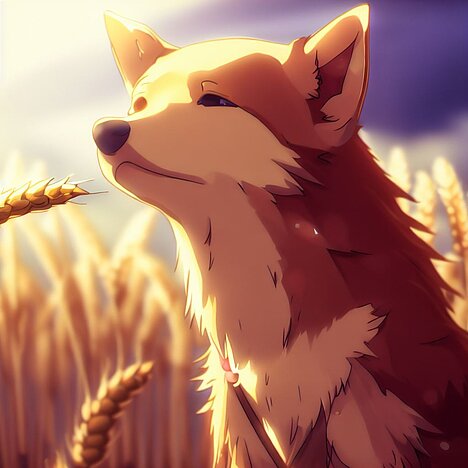Cereal intolerance

Do you have a dog that likes to eat but often suffers from digestive problems? Maybe he can't tolerate grain. In this article, you'll find out what grain intolerance is in dogs, how you can recognize it and what you can do about it.
What is grain intolerance in dogs?
Grain intolerance in dogs is a hypersensitivity to certain components of grain, such as gluten, starch or lectins. These can lead to inflammation in the intestines and impair the absorption of nutrients. This results in symptoms such as diarrhea, flatulence, vomiting or itching.
How do I recognize a grain intolerance in my dog?
Grain intolerance in dogs can manifest itself in various ways. The most common signs are
- Frequent or chronic diarrhea
- Bloating or increased gas production
- Vomiting or nausea
- Weight loss or loss of appetite
- Skin problems such as itching, dandruff or hair loss
- Ear infections or increased scratching of the ears
- Lameness or joint pain
If you notice one or more of these symptoms in your dog, you should consult a vet to find out the cause. A grain intolerance can be diagnosed with a blood test or an exclusion diet.
What can I do if my dog has a grain intolerance?
If your dog has a grain intolerance, you will need to change his diet. This means that you should no longer give him food that contains grain. Instead, you should offer him a diet based on meat, fish or eggs, supplemented with vegetables, fruit or herbs. There are many grain-free food options on the market that you can try. However, make sure that the food does not contain any other ingredients that your dog cannot tolerate, such as dairy products, soy or corn.
A change in diet should always be made gradually so as not to overburden your dog's gastrointestinal tract. Start by mixing the new food with the old food and gradually increase the proportion of the new food over several days or weeks. Observe your dog closely and watch for any changes in his behavior or stool.
A grain-free diet can help your dog to alleviate his symptoms and improve his quality of life. However, you should not forget that a grain intolerance is not an allergy and that your dog may also have other intolerances.
The authors assume that a veterinarian should be consulted if an animal is ill and that medication should only be taken after consultation with a doctor or pharmacist. Only an individual examination can lead to a diagnosis and treatment decision.
We help you find the nearest vet → This way